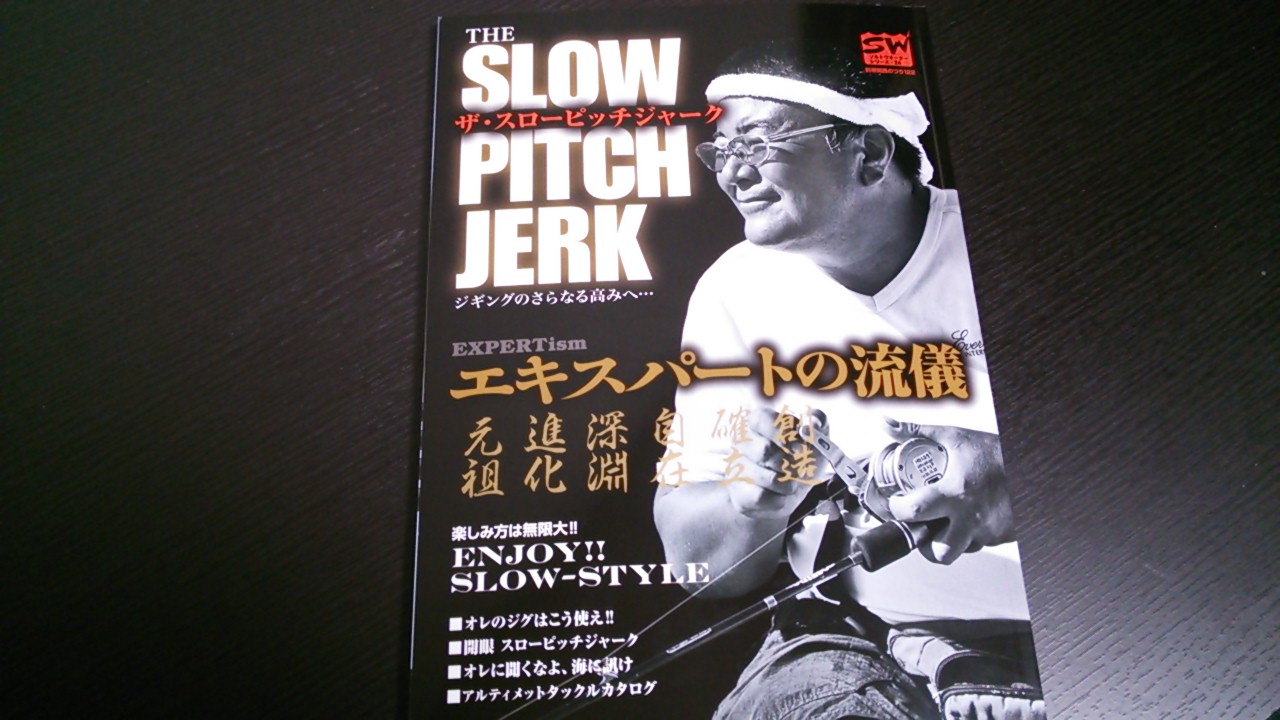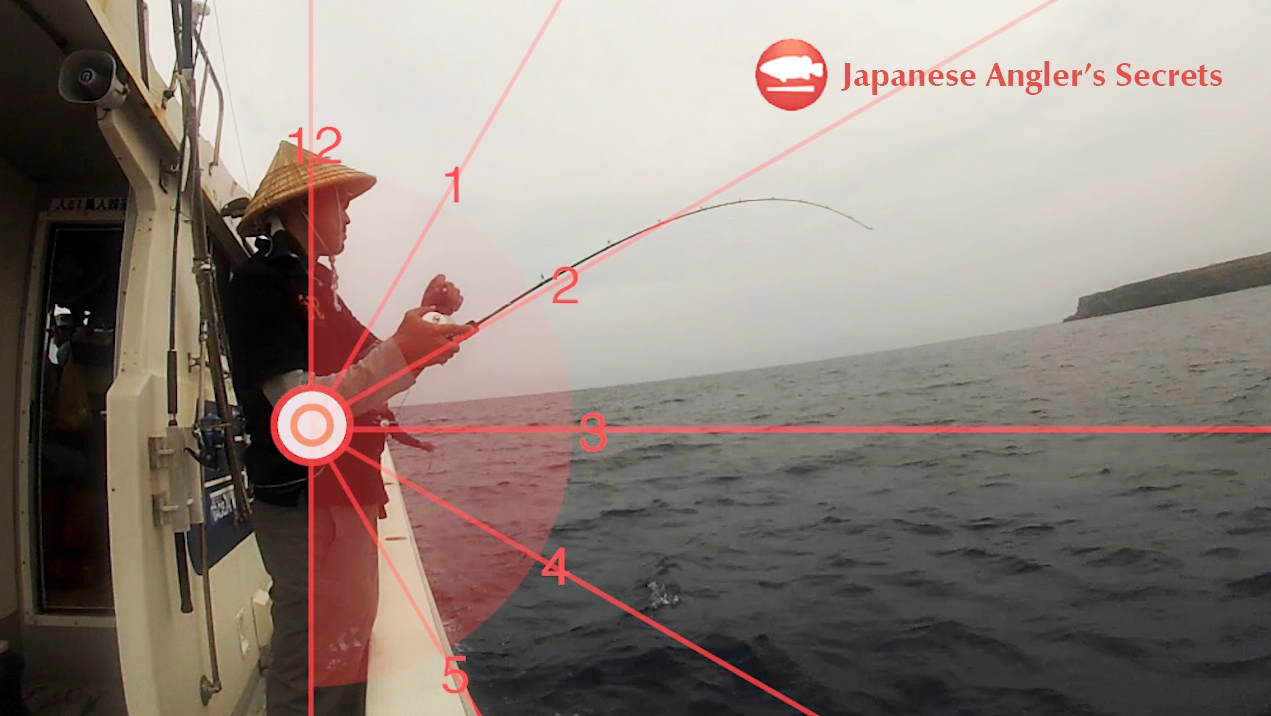Tensioned fall or free fall?
I’ve always thought that my readers are my best editors.
One day I posted my comment in reply to someone’s comment. And Kitidas picked up on it.
Hi Totos,
Kitidas P.
Your answer to Sameh is very important piece of advice that should be shared to all novice slow pitch jiggers. Please put it on the “Techniques” section of JAS.
Regards,
Yes, sir, my editor. It goes right up on the directory.
And here it is.
But not just like I wrote then, I am stepping into it a little deeper.
<QUESTION>
on slow pitch short jerks or long jerks when jig is on way down, should line be stretched (rod controlling its speed down) or line not stretched (rod exceeding the jig down, line not stretched) and free falling naturally)?
Let’s think about the initial drop down to the bottom first. It should be as fast as it can be. Because the slow pitch jigs are usually slow to fall. When it’s free falling, it falls on the belly side first because the jig is center balanced and there’s a flat side (back side) and a fat side (belly side). And the jig performs all kinds of actions when it’s falling on the belly. While it falls slow, the wind may push your boat away from the jig and you’ll get the line slack when you start your actions. If you put a little brake on the free spool drop by your mechanical break or your thumbing, the jig actually falls faster. It sounds funny but the jig falls faster when there’s a little tension on the line. Because the jig falls on its tail first. Does that make sense?
Rector is a good example. Rector is the slowest to fall in SFC jigs. It is not appropriate to be used in strong current or fast drifting situations. But it’s so effective BECAUSE it falls slow. Ironic. It falls like a falling leaf. Try dropping Rector in the water, with and without thumbing. You feel the difference very clearly. Without a little tension on the line, Rector doesn’t fall smoothly.
But then after it falls 30 meters or so, you don’t have to give thumbing any more. After certain depth, Rector falls smoothly without you giving line tension.
Do you know why?
Yes. Because the line catches the water and that gives enough tension on the line for Rector to fall smoothly on the tail dive.
This is the mechanics. Now let’s talk about tactics.
Free Fall
In the jig actions, the standard technique is NOT to give tension on the fall. You give a lift with reeling, hold up with no reeling, the rod whips up, the jig hangs in the water, and then it falls, wobbling, waving, flashing… You give no tension and let the jig swim and fall on its own.
But keep in mind that your rod tip should follow the line on the way down. You shouldn’t pass the line. You may get your line tangled to the guides, and not only that, you are focused too much on “doing” and not “listening” to the line. Your rod should come down with the line. You are not giving the tension, but you are just feeling the weight of the line in the air. Believe me. If you follow the line, there’s information that the line can tell you.
Tensioned fall
However, it doesn’t mean that tensioned fall isn’t good. It is a tactic to intentionally give tension to the falls. As you lower the rod, you reel and lower slowly to give a little tension to the line.
The jig may fall faster with the little tension. You need to make a good judgement here. You are not the only one who is giving tension to the line. The water is giving the tension to the line too. A little tension makes the jig fall faster. But too much tension, of course, would make a non-lively fall. You need to judge if the water is giving enough tension. You want to figure out your additional tension may kill the jig movement. This is not recommended when you are free-drifting, when you are very likely to have enough tension by the water already.
Increasing the jig weight, and using lighter line will change how the water effects the line. Always try to find a good balance in your system according to the current condition.
If you are giving a appropriate little line tension on the fall, the jig falls faster with the tail dive. Then the lift should be slow.
Fast is the invitation. Slow is the feed. This change of pace (COP) is a trigger as “the change of direction”.
Change of pace
“Change of pace” COP is an important principle that SPJ anglers need to understand.
When you play with a cat, try to make a cat attack on your lure. You will understand how important the change of pace, and change of direction, is. See what triggers them to chase and catch. You need to set up a pattern of movement first. Slow right, slow left, slow right, slow left. Something seizable. Then suddenly you break the pattern and go fast. See how the change of pace interests the cat.
The standard free-fall in SPJ actions will look like this to the fish. With COP in between.
Fast to lift, slow to fall. Fast up, slow down, fast up, slow down. (COP) Fast up, up, up, up, up. (COP) slow down, fast up, slow down….
You want to set up a pattern of movement first. The repetition of the same move in the same rhythm. Show the fish something predictable and seizable. If you do something different in every stroke, the jig is too unpredictable, and the fish won’t attack.
If you go fast to lift and fast to fall, the fish won’t attack either. It just looks too crazy. When you chase to crash a fly, what would you do if the fly flies fast right at you? Such a tiny fly can back you off, right? They like to chase what is going away. But they don’t like to chase something unpredictable. because it would be a waste of energy for them.
So, you want to be predictable (seizable), but interesting (lively). Set up a pattern, then make the change of pace.
Get the idea?
So if you want to use the tensioned fall, go slow on the lift. Repeat the same move. And don’t forget to make COP from time to time.
free fall or tensioned fall? Either is right or wrong.
Hope the information helps you! Good luck!
Tags In
Related Posts
1 Comment
Leave a Reply Cancel reply
Categories
- 1. SPJ (57)
- 1-1. Principles (9)
- 1-2. Techniques (11)
- 1-3. Setup (17)
- 1-4. FAQ (19)
- 1-5. Tackles (3)
- 1-6. Video Gallery (2)
- 2. Other Offshore Games (5)
- 3. Fishing Report (105)
- 3-1. Totos (25)
- 3-2. Readers (72)
- 4. Fish Cooking (19)
- 4-1. Iki-Jime (3)
- 4-2. The Art of Sashimi (5)
- 4-3. Recipe (7)
- 4-4. Seasoning (3)
- 5. Fishing Charter (6)
- Fish (12)







Thanks Totos for the detailed explanation, this question is one among many that I can find no resources for except trial and error, and this amazing website JAS. keep the good spirit and share the knowledge.
Best